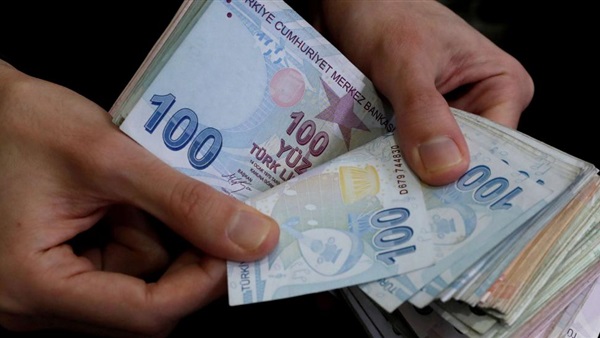Turkish inflation is really 36.7 percent, research group says

Turkey’s annual consumer price inflation
rate was 36.7 percent last month, far higher than official claims, said ENAGrup
(ENAG), an independent institution set up last year to track the country’s
inflation.
Inflation in Turkey accelerated to 14.6
percent in December from 14 percent the previous month, the Turkish Statistical
Institute (TÜİK) said on Monday.
ENAG said a slump in the value of the lira
in 2020 led to a surge in price increases that persisted in the fourth quarter
of the year. It was the first time it reported an estimate for annual
inflation, previously providing only month-on-month figures.
Turkey’s central bank has more than doubled
its benchmark interest rate since September to 17 percent to tackle inflation
and defend the lira, which slid to successive record lows in 2020. It says it
is committed to keeping interest rates high to reduce price increases to an
annual 5 percent in the medium term.
Prices in Turkey increased by 4.08 percent
month-on-month in December, led by a jump in transportation costs, ENAG said.
TÜİK said the month-on-month increase was 1.25 percent.
Some economists and local columnists have
questioned the accuracy of official inflation data in Turkey, pointing to a
wave of appointments to TÜİK by President Recep Tayyip Erdoğan and the
“stickiness” of recent inflation data. Inflation was 11.76 percent in July,
11.77 percent in August, 11.75 percent in September and 11.89 percent in October.
Concerns about accelerating inflation
prompted Turks to buy dollars and euros in their droves last year to protect
their savings, contributing to the lira’s sharp declines. The government is now
calling on them to change their savings back into local currency, pointing to
its commitment to tackling price increases and planned economic reforms.
ENAG is headed by academics from several
Turkish universities. The researchers say they base their estimates for
inflation on more frequent data than TÜİK and can calculate it as often as
every hour. They weigh items in the same way as TÜİK, but exclude data from
health, education and alcoholic drinks.
The lira hit a record low of 8.58 per
dollar in early November. It has since rallied to trade at around 7.35 against
the U.S. currency, largely driven by purchases by foreign investors, who point
to the central bank’s increased commitment to tackling inflation.





